Code
HCS28077
Weight
100 gm / 0.22 lbs
Size
Height
50cm (20") Width
50cm (20") Material
Cotton Canvas & Natural Color
Availability
Available

Safe Payment
We accept Paypal, Money Transfer, Bank Transfer
Confidence
Protection covers your purchase and personal data.
Worldwide Delivery
We ship Worldwide, except Russia.Shipping cost US$25.2 for upto 0.5 kgs

Hotline
Talk to help line for your question on 9841267335Introduction to Thangka
A thangka, also known as tangka, thanka, or tanka, is a vibrant and intricate Tibetan Buddhist painting that serves as a visual representation of spiritual teachings. Crafted with meticulous detail on cotton or silk appliqué, thangkas depict a wide range of subjects including Buddhist deities, sacred scenes, mandalas, and narrative stories. These sacred artworks are traditionally kept unframed and rolled up for storage, resembling ancient scrolls. To protect their delicate nature, thangkas are mounted on textile backings and often adorned with a silk cover on the front. Proper preservation in dry environments is crucial to maintain the integrity and longevity of the silk. Read More . . .
A thangka, also known as tangka, thanka, or tanka, is a vibrant and intricate Tibetan Buddhist painting that serves as a visual representation of spiritual teachings. Crafted with meticulous detail on cotton or silk appliqué, thangkas depict a wide range of subjects including Buddhist deities, sacred scenes, mandalas, and narrative stories. These sacred artworks are traditionally kept unframed and rolled up for storage, resembling ancient scrolls. To protect their delicate nature, thangkas are mounted on textile backings and often adorned with a silk cover on the front. Proper preservation in dry environments is crucial to maintain the integrity and longevity of the silk. Read More . . .
Introduction :
The Tibetan word for mandala is "kilkhor" which means "centre of the circle with exteriors walls and surrounding environment." Mandalas may be created with precious jewels, flowers, dyed rice, coloured stones, or coloured sand. Sand, traditionally made from crushed precious stones, is considered the most efficacious materials because of the precious substances involved and the great skill required to create the mandalas' exquisite details. Since each grain of sand is charged with the blessings of the ritual process, the entire sand mandala embodies a vast store of spiritual energy.
Background :According to Buddhist history, the purpose, meanings, and techniques involved in the spiritual art of sand mandala painting were taught by Shakyamuni, the historical Buddha in the sixth century B.C. in India. Over the centuries the Kalachakra teachings have been transmitted in an unbroken lineage from teacher to student. In the 11th century the Kalachakra went from India to Tibet and during the 18th century the VII Dalai Lama introduced it to the Namgyal Monastery. This continuous lineage extends to the XIV Dalai Lama of our own time.
Each mandala is a sacred mansion, the home of particular meditational deity, who represent and embodies enlightened qualities ranging from compassion to heightened consciousness and bliss. In the Tibetan Buddhist tradition, mandalas are created for rituals of initiation in which a highly qualified teacher grants permission to advanced disciples to engage in the tantric meditation practices. Both the deity, which resides at the centre of the mandala, and the mandala itself are recognised as pure expressions of the Buddha's fully enlightened mind. Symbolically the deity confers the initiations and the mandala is where the initiations takes place. Through the initiations ceremony the seed of enlightenment in each person's mind is nourished by the dynamic process of visualising and contemplating a mandala.
In essence the ceremony involves the transportation of disturbing emotions into beneficial intuition and wisdom. Normally such an initiation is given at the request of an individual or group of people. The altruistic motivation of the artist and sponsor is essential to the creation of mandala.
The Mandala :Each mandala is a sacred mansion, the home of particular meditational deity, who represent and embodies enlightened qualities ranging from compassion to heightened consciousness and bliss. In the Tibetan Buddhist tradition, mandalas are created for rituals of initiation in which a highly qualified teacher grants permission to advanced disciples to engage in the tantric meditation practices. Both the deity, which resides at the centre of the mandala, and the mandala itself are recognised as pure expressions of the Buddha's fully enlightened mind. Symbolically the deity confers the initiations and the mandala is where the initiations takes place. Through the initiations ceremony the seed of enlightenment in each person's mind is nourished by the dynamic process of visualising and contemplating a mandala.
In essence the ceremony involves the transportation of disturbing emotions into beneficial intuition and wisdom. Normally such an initiation is given at the request of an individual or group of people. The altruistic motivation of the artist and sponsor is essential to the creation of mandala.
Everything in this mandala is the symbolic representation of some aspect of the Kalachakra deity and the deity's universe. There are 722 deities in the mandala which symbolise various manifestations of aspects of consciousness and reality, all part of the ultimate wisdom of the Kalachakra deity. Understanding and interpreting all of the symbols included in the mandala would be like reading the Kalachakra texts, which contains a vast range of teachings from cosmology to epistemology to psychology.
The Kalachakra Tantra is interpreted at three levels referred to as external, internal and alternative. The external concerns the laws of time and space of this physical world and accordingly deals with astronomy, astrology and mathematics. The internal concerns the elements and structure of the human body, including its energy system. The alternative is the doctrine, path and fruit of the actual meditational deity and its circular mandala abode.
The Kalachakra deity resides in the centre of the mandala. His palace consists of our mandala, one within another: the mandala of body, the mandala of speech, that of mind, and the very centre, wisdom and great bliss.
The palace is divided into four quadrants each with walls, gates, and a centre. The colours are specific representations of the elements and mental types. Black, in the east, is associated with the element of winds. The south is red, its elements is fire. The west is yellow, associated with the element of earth, and the north is white, represent water.
The square palace of the 722 deities is seated upon the first concentric circles, the first of which of which represents the earth. The other circles, represent water, fire, wind, space, and consciousness extend beyond the wall of the palace. The outer circles, a representation of the cosmos, is a source of Tibetan astrology. The ten wrathful deities who reside in one of the outer, concentric circles of the mandala serve as its protectors.
The Kalachakra sand mandala is dedicated to peace and physical balance, both for individual and for the world, thanks to the deities carefully among minute human, animal and floral forms, abstract pictographs, and the Sanskrit syllables that comprises the mandala's design.
Although depicted here on a flat surface, the mandala is actually three-dimensional, being a five-storeyed "divine mansion", at the centre of which stands the Kalachakra deity the manifest state of Enlightenment.
A person who simply sees this mandala many feel peace on many levels. According to the Dalai Lama, the Kalachakra deities create a favourable atmosphere, reducing tension and violence in the world. "It is a way of planting a seed, and the seed will have karmic effect. One doesn't need to be present at the Kalachakra ceremony in order to receive its benefits," he explains.
Process :The Kalachakra Tantra is interpreted at three levels referred to as external, internal and alternative. The external concerns the laws of time and space of this physical world and accordingly deals with astronomy, astrology and mathematics. The internal concerns the elements and structure of the human body, including its energy system. The alternative is the doctrine, path and fruit of the actual meditational deity and its circular mandala abode.
The Kalachakra deity resides in the centre of the mandala. His palace consists of our mandala, one within another: the mandala of body, the mandala of speech, that of mind, and the very centre, wisdom and great bliss.
The palace is divided into four quadrants each with walls, gates, and a centre. The colours are specific representations of the elements and mental types. Black, in the east, is associated with the element of winds. The south is red, its elements is fire. The west is yellow, associated with the element of earth, and the north is white, represent water.
The square palace of the 722 deities is seated upon the first concentric circles, the first of which of which represents the earth. The other circles, represent water, fire, wind, space, and consciousness extend beyond the wall of the palace. The outer circles, a representation of the cosmos, is a source of Tibetan astrology. The ten wrathful deities who reside in one of the outer, concentric circles of the mandala serve as its protectors.
The Kalachakra sand mandala is dedicated to peace and physical balance, both for individual and for the world, thanks to the deities carefully among minute human, animal and floral forms, abstract pictographs, and the Sanskrit syllables that comprises the mandala's design.
Although depicted here on a flat surface, the mandala is actually three-dimensional, being a five-storeyed "divine mansion", at the centre of which stands the Kalachakra deity the manifest state of Enlightenment.
A person who simply sees this mandala many feel peace on many levels. According to the Dalai Lama, the Kalachakra deities create a favourable atmosphere, reducing tension and violence in the world. "It is a way of planting a seed, and the seed will have karmic effect. One doesn't need to be present at the Kalachakra ceremony in order to receive its benefits," he explains.
Having constructed the the-pu or mandala base, the artists measure out and draw the architectural lines using a straight-edge ruler, compass and white ink pen. The mandala is a formal geometric pattern of a ground plan of a sacred mansions. It includes a foundation, four entrances, wall and other architectural elements. The colour sand is applied to the mandala through the end of a metal funnel, which is rasped with another funnel in order to release a fine stream of sand.
The artists begin at the centre of the mandala and work outward. As the mandala is made in the spirit of impermanence and non-attachement, it will eventually be ritualistically dismantled and the blessed sand carried to the river, where it will be offered for the benefit of the marine life and the environment..
The artists begin at the centre of the mandala and work outward. As the mandala is made in the spirit of impermanence and non-attachement, it will eventually be ritualistically dismantled and the blessed sand carried to the river, where it will be offered for the benefit of the marine life and the environment..
Mantra of Kalachakra
OM AH HUM HOH HAM KSHAH MA LA VA RA YA HUM PHET


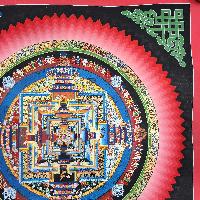
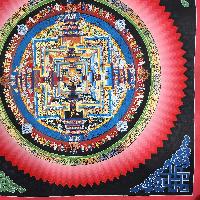
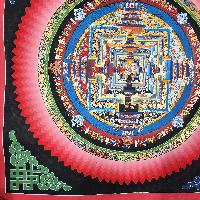
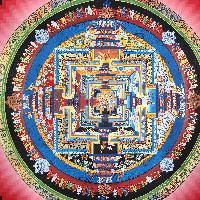
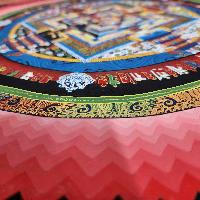
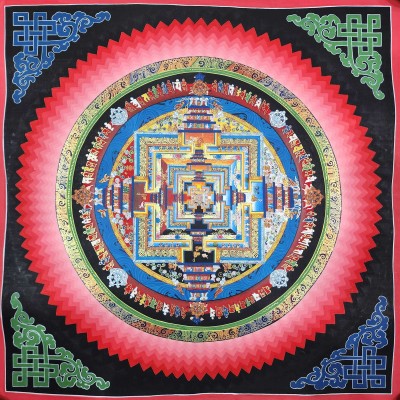
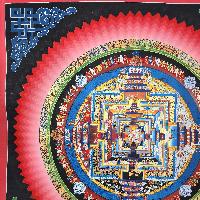










 of Kalachakra Mandala,
of Kalachakra Mandala, 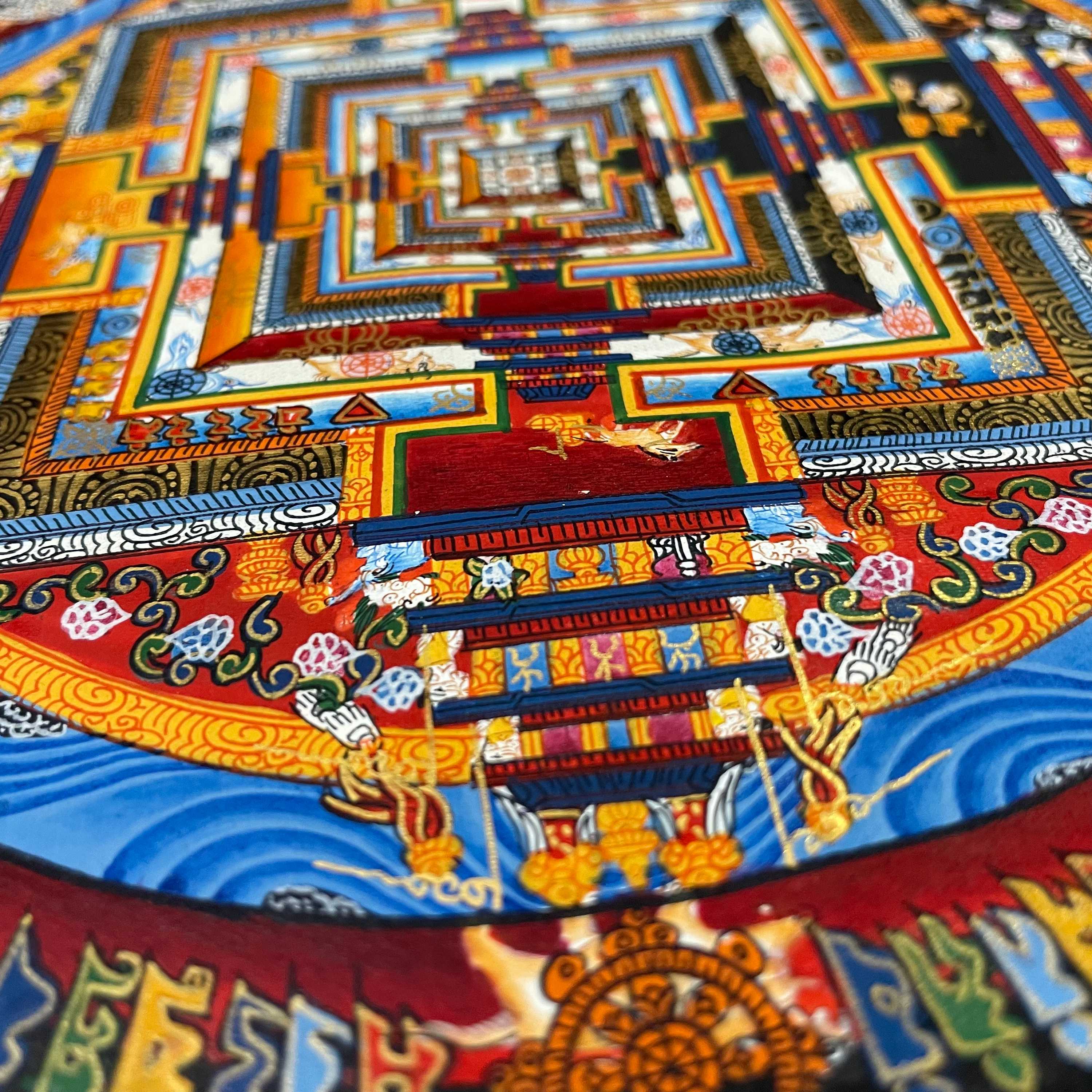 of Kalachakra Mandala,
of Kalachakra Mandala,  Hq Tibetan Thangka
Hq Tibetan Thangka  Medium Small,
Medium Small, 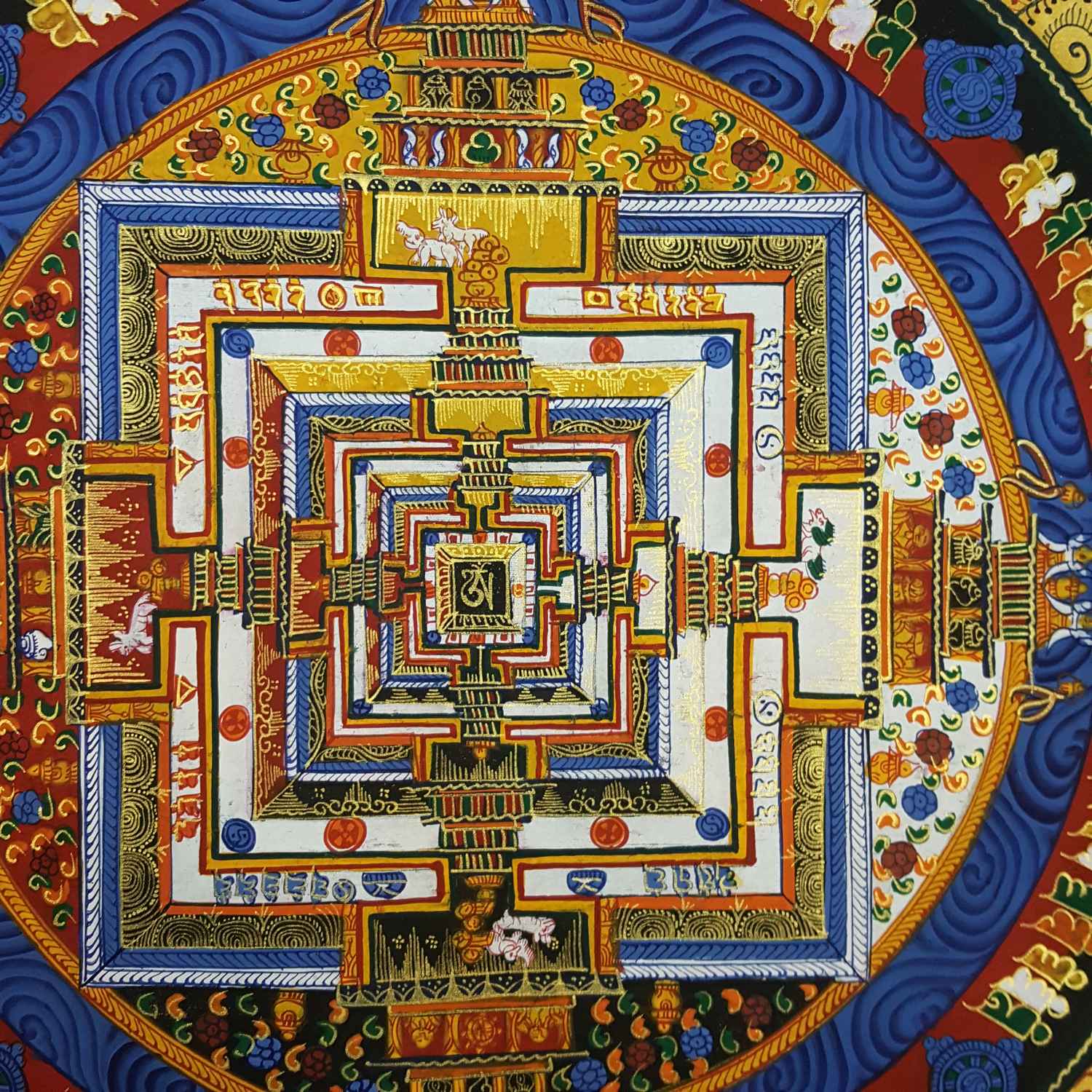 Medium Small,
Medium Small,  of Kalachakra Mandala Thangka Painting" title="Buddhist Hand Painted Tibetan Thangka
of Kalachakra Mandala Thangka Painting" title="Buddhist Hand Painted Tibetan Thangka 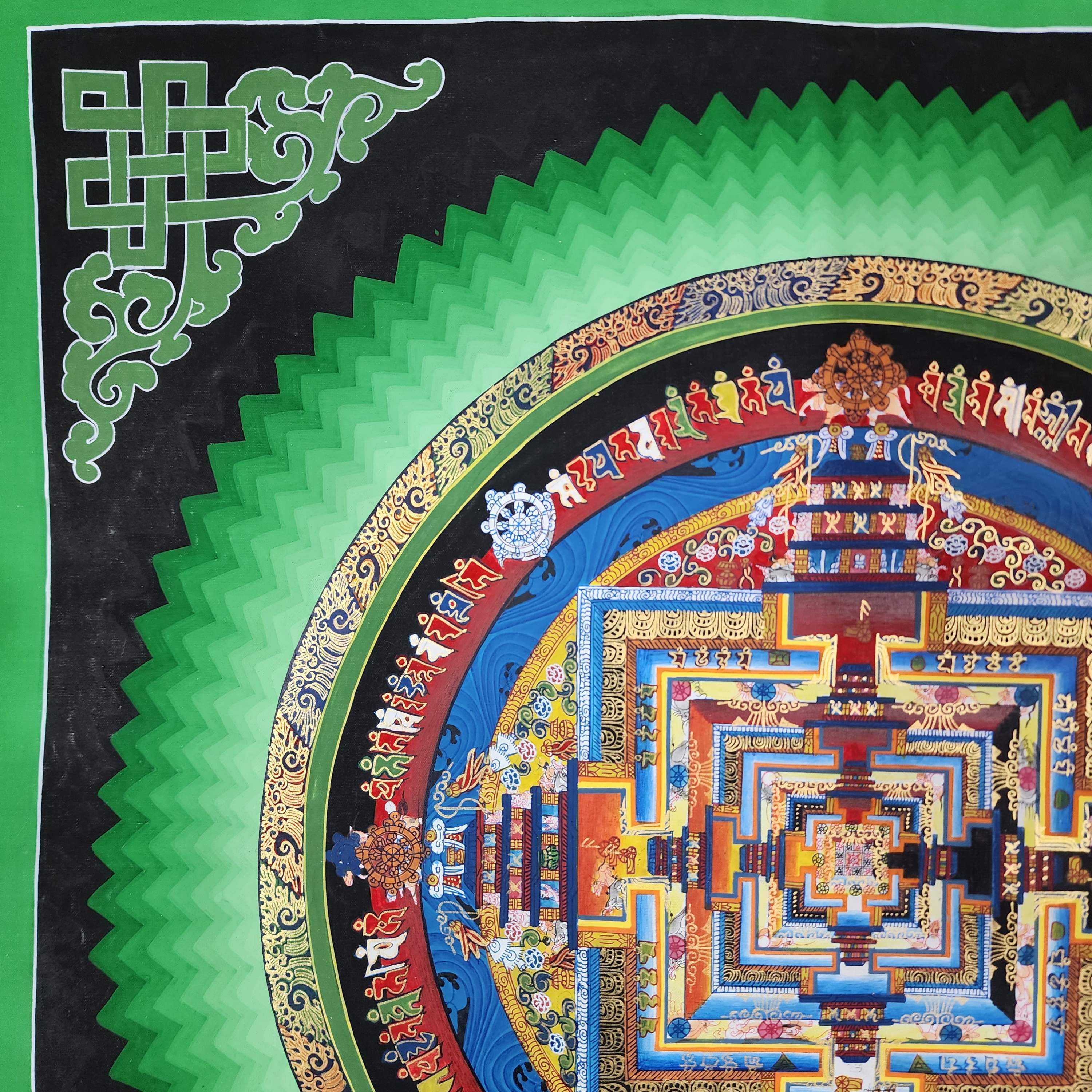 of Kalachakra Mandala Thangka Painting" title="Buddhist Hand Painted Tibetan Thangka
of Kalachakra Mandala Thangka Painting" title="Buddhist Hand Painted Tibetan Thangka 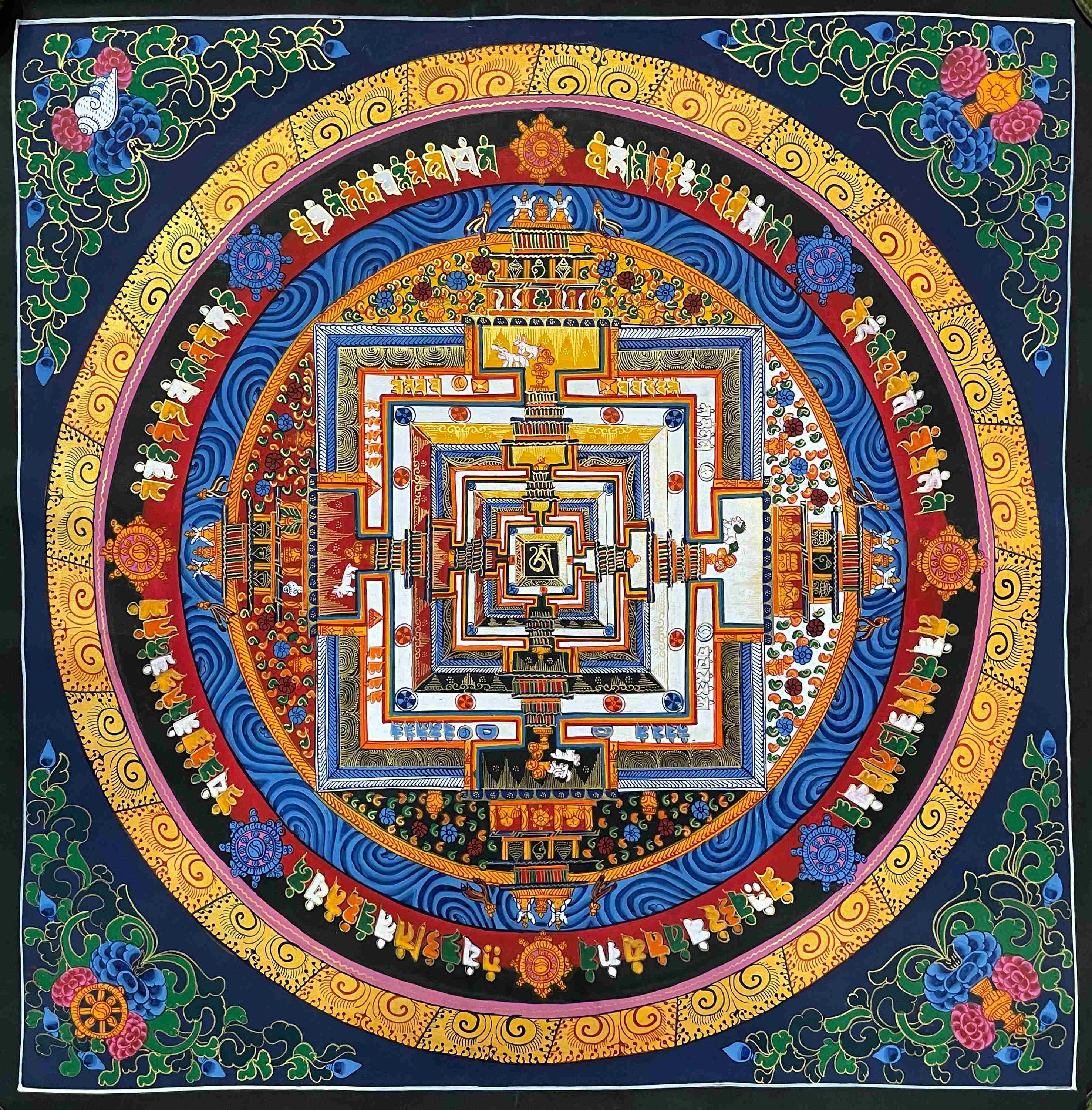 of Kalachakra Mandala,
of Kalachakra Mandala, 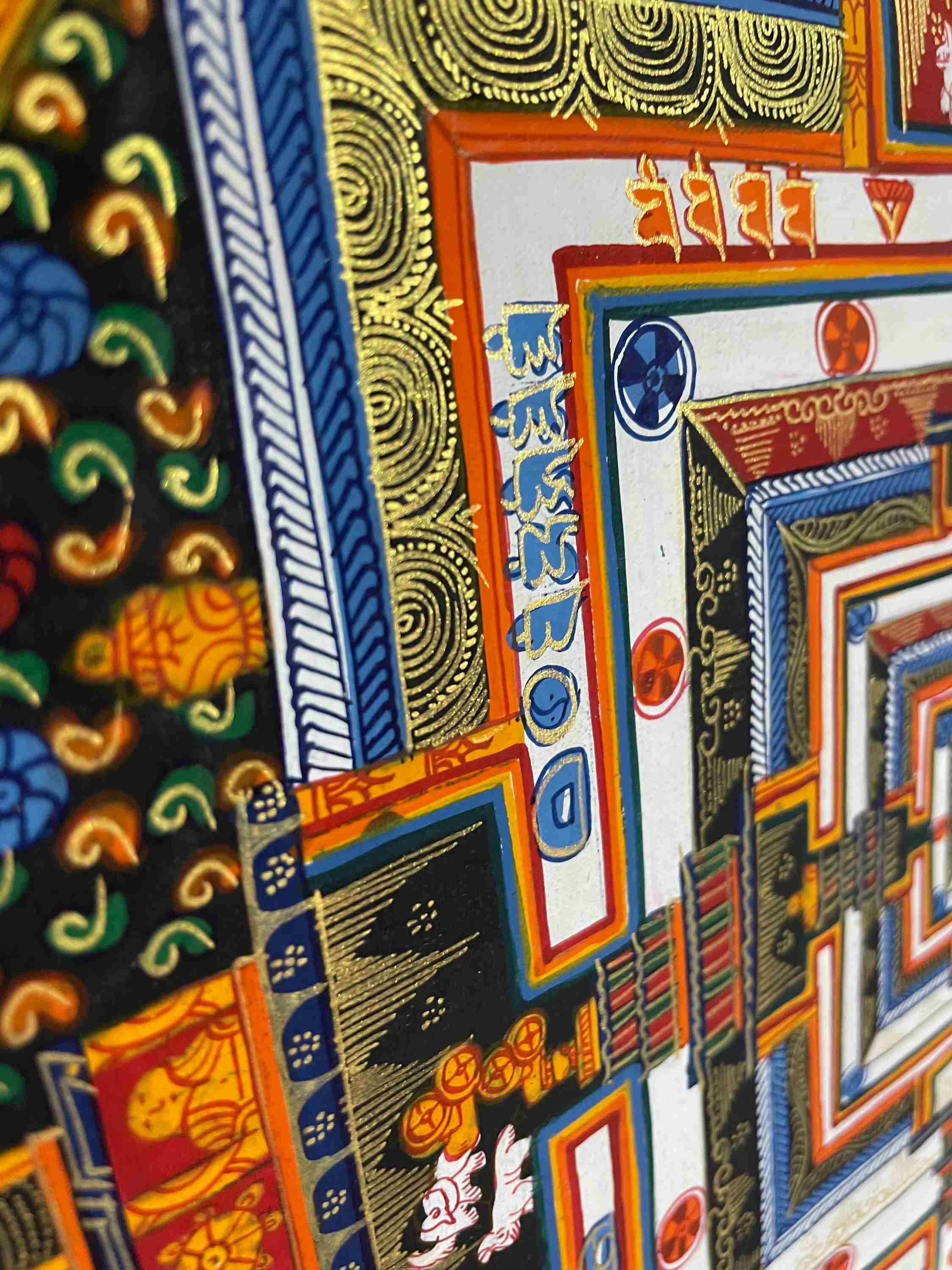 of Kalachakra Mandala,
of Kalachakra Mandala, 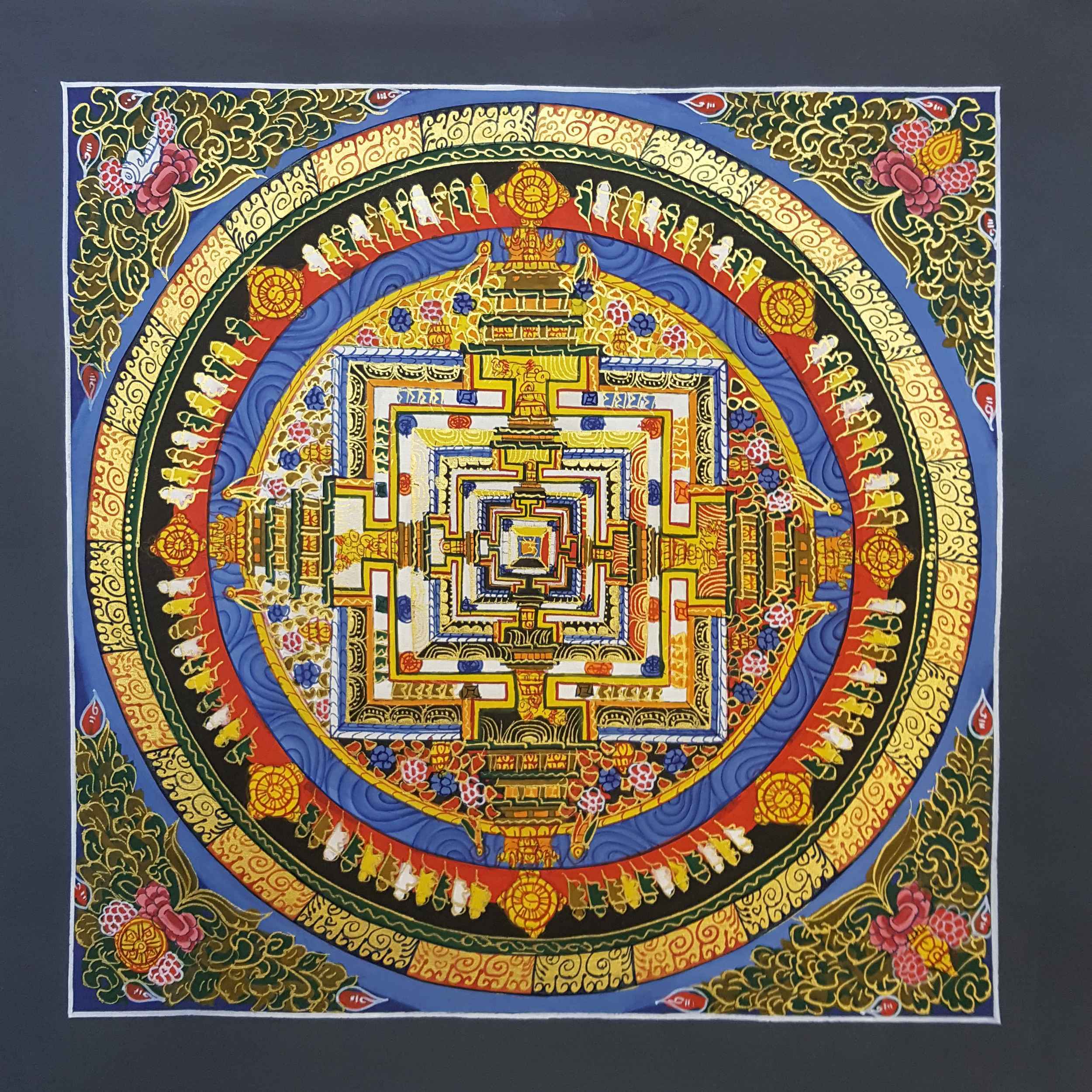 Hand Painted,
Hand Painted, 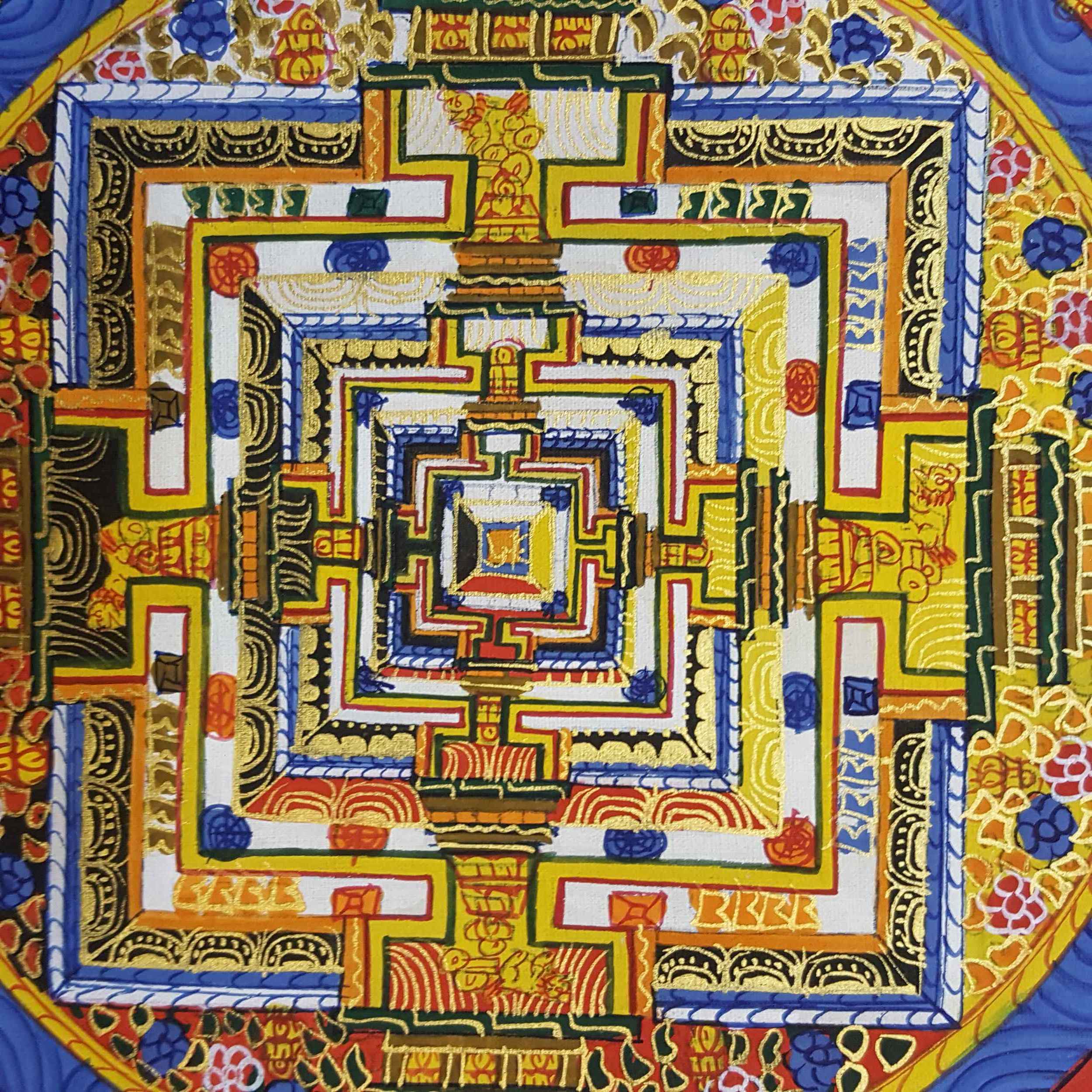 Hand Painted,
Hand Painted, 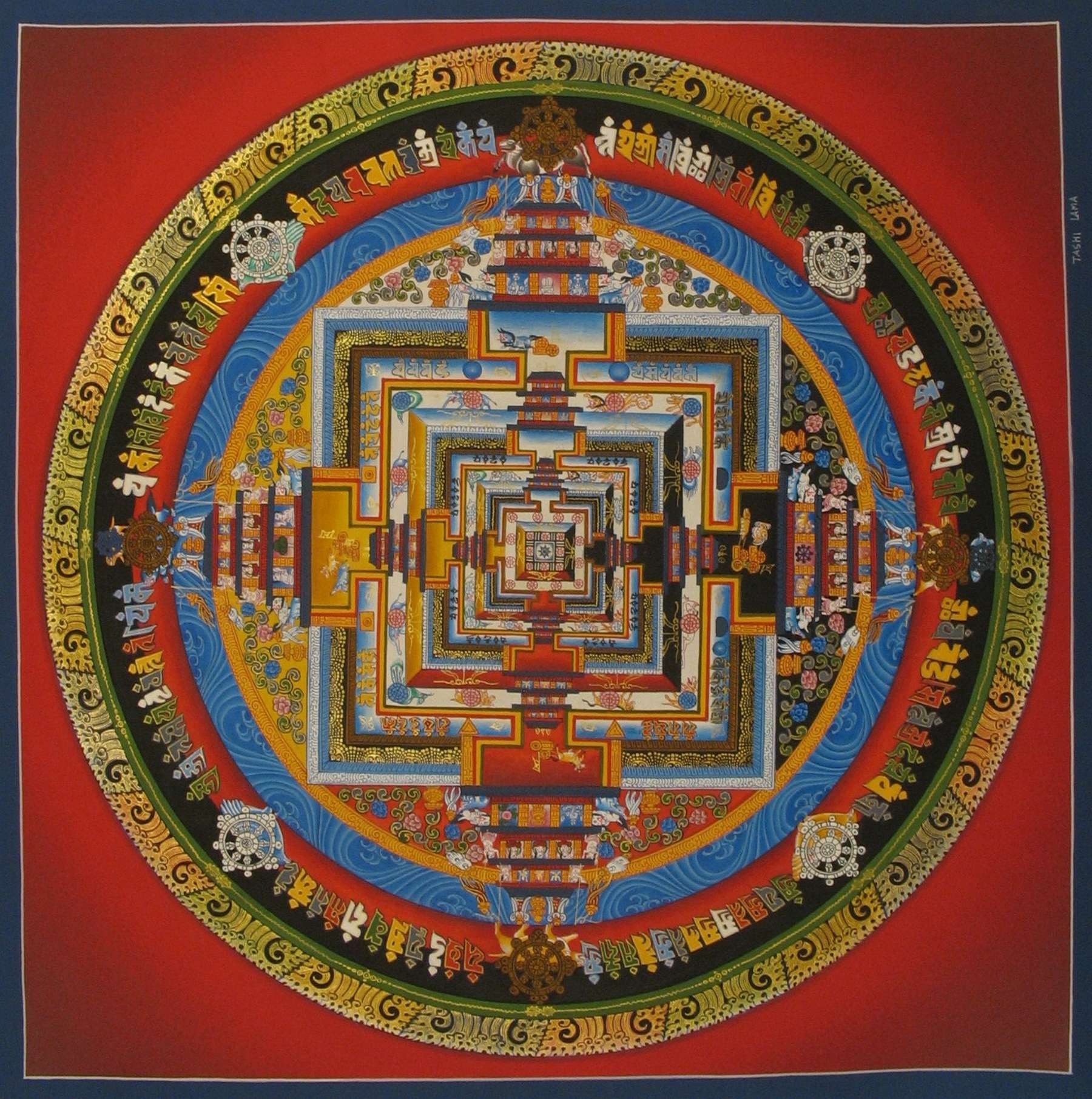 of Kalachakra Mandala,
of Kalachakra Mandala, 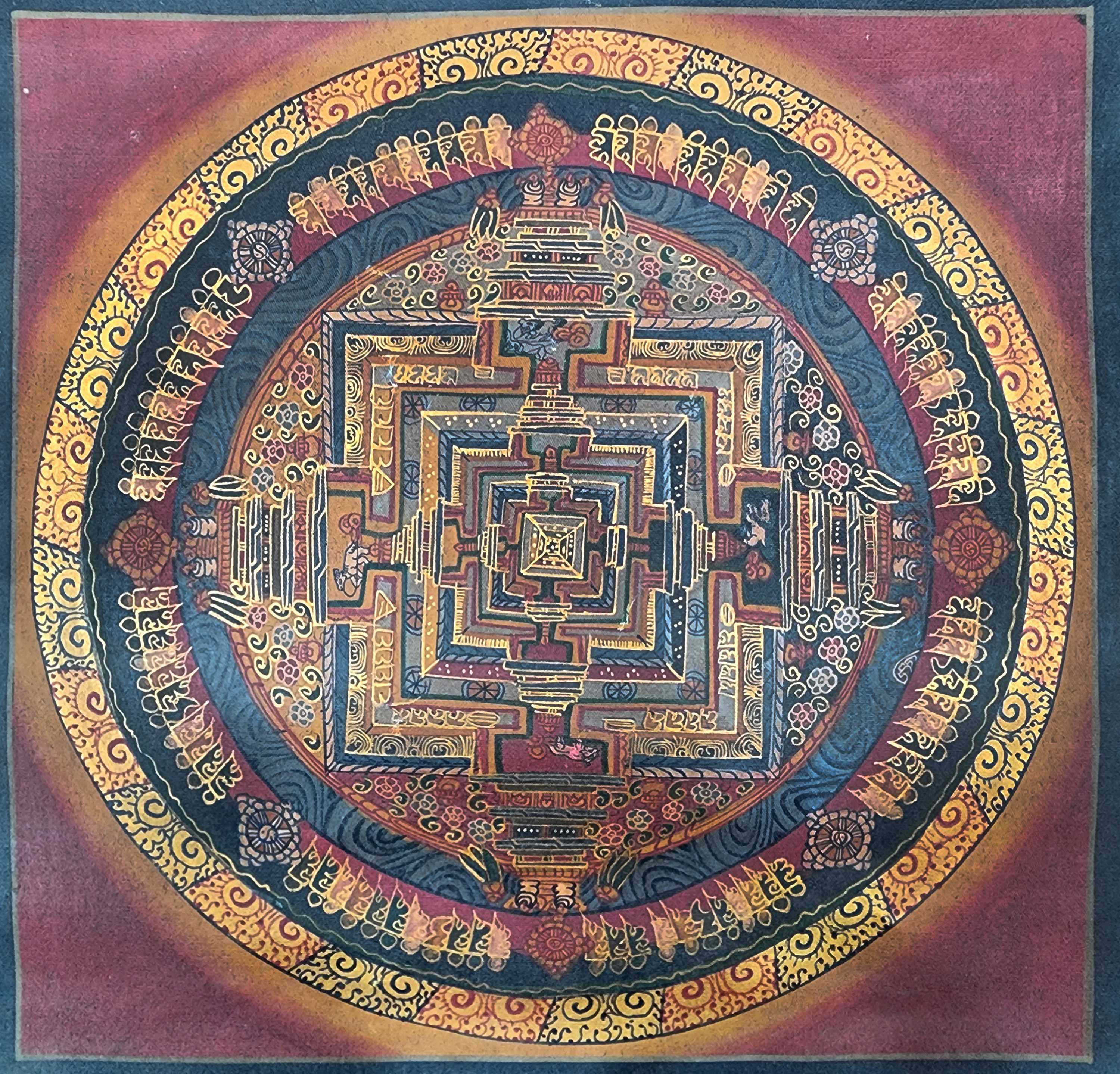 of Kalachakra Mandala,
of Kalachakra Mandala,  of Kalachakra Mandala,
of Kalachakra Mandala, 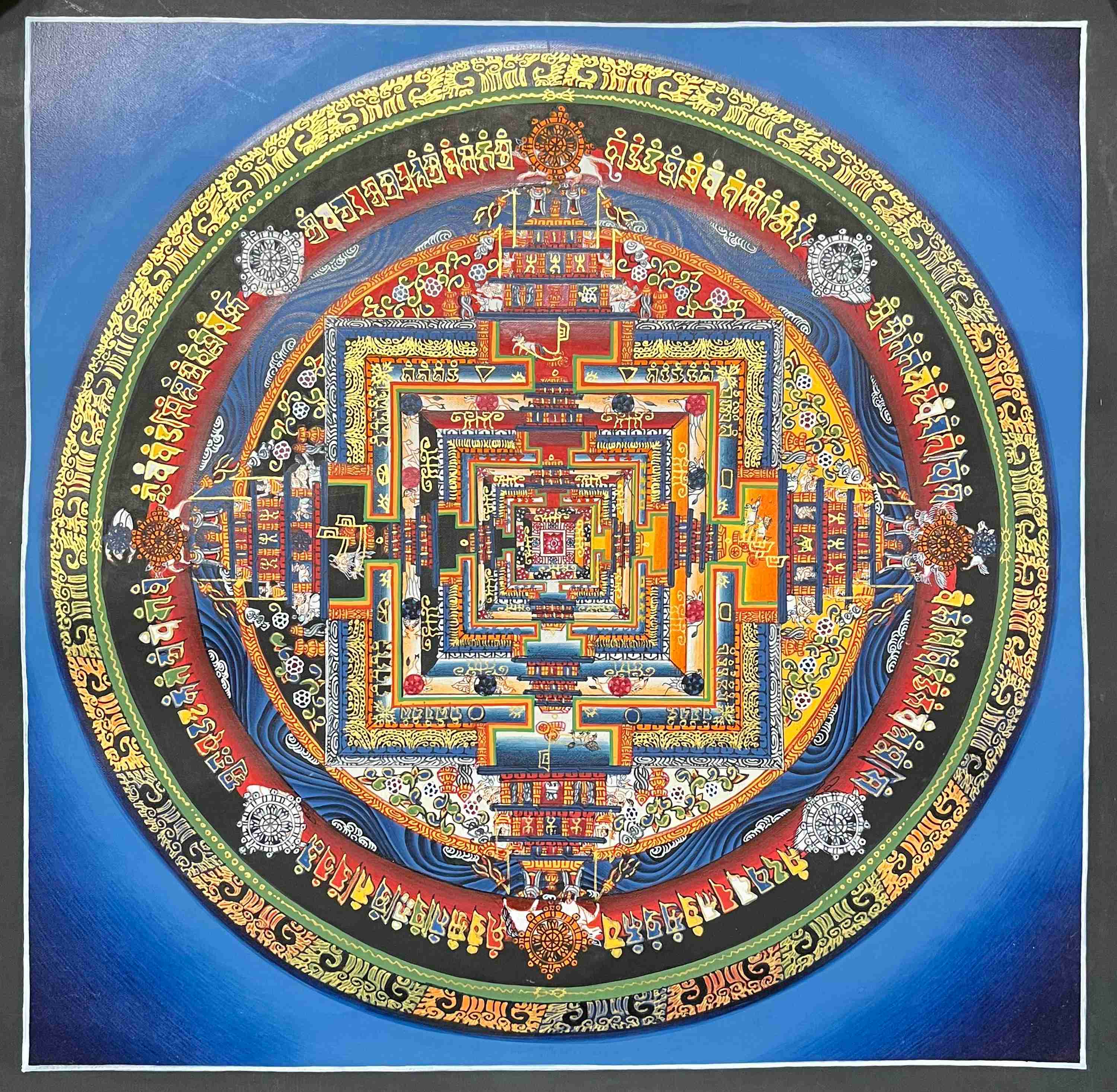 of Kalachakra Mandala, Kalachakra Mandala,
of Kalachakra Mandala, Kalachakra Mandala, 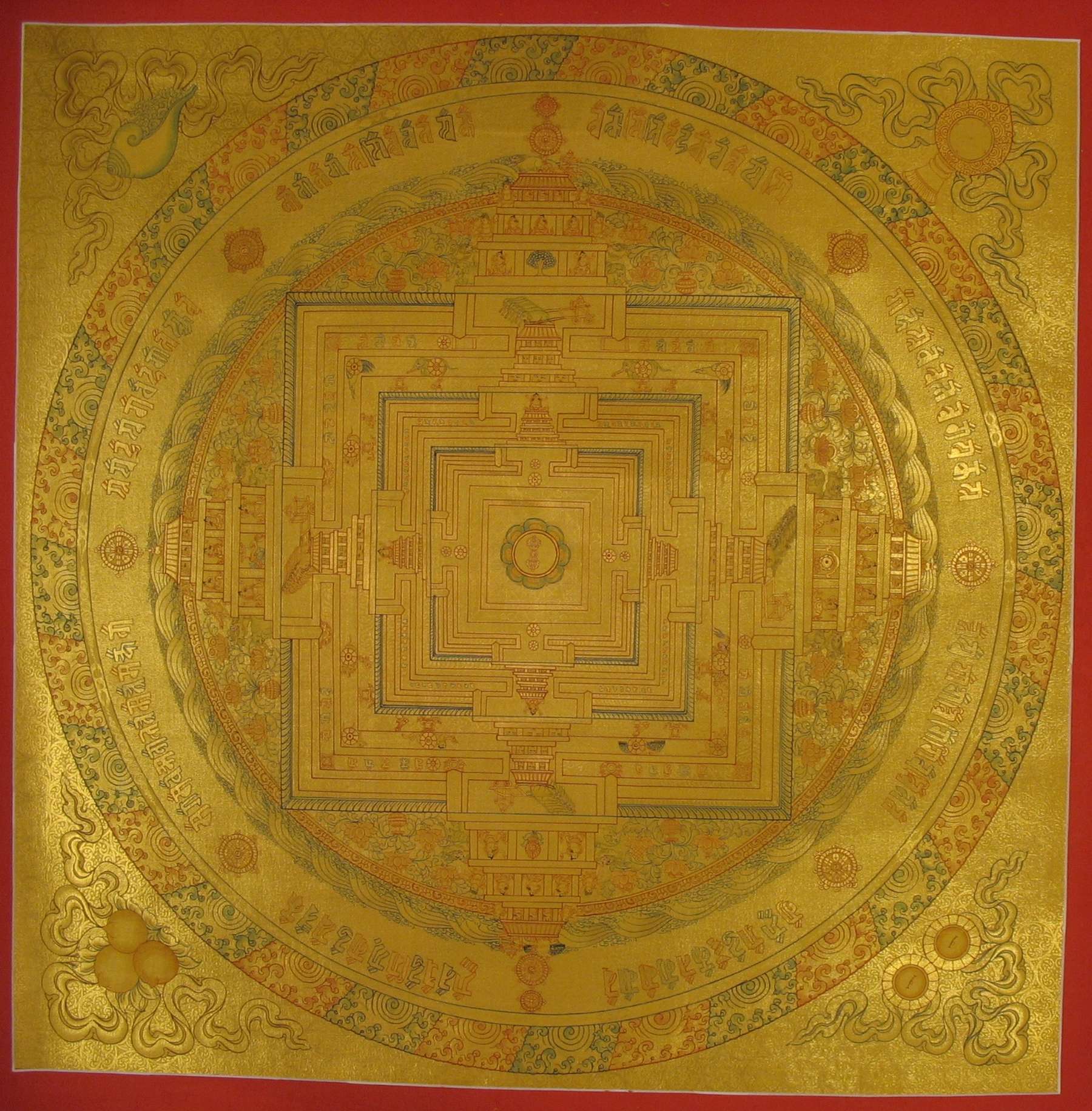 of Med.large Golden Kalachakra,
of Med.large Golden Kalachakra,